
Also known as lateral epicondylitis, tennis elbow is a common ailment throughout the general population, not merely among those who play tennis. However, the affliction originally received its name due to the frequency of its manifestation among tennis players.Avoidance
Treatment
An elbow brace - which may help to correct or redirect the pull of misaligned muscles - may be worn in order to provide pain relief during activities. Exercising the muscles and tendons involved with tennis elbow may be useful in order to control the symptoms of the condition. These exercises look to strengthen muscles and prevent recurrence of the injury and should painless to undertake. In the event of pain being experienced during these exercises, they should be abandoned until pain resolves.
A product known as the Thera-Band FlexBar may also be used for strengthening purposes. A recent study has shown higher success rates for users of this tool.
Extracorporeal Shock Wave Therapy is a controversial treatment occasionally used to combat tennis elbow. The treatment uses sound waves in order to induce 'microtrauma' to muscle tissue, thus initiating a healing response which can alleviate pain. However, there is no conclusive evidence to prove the superiority of shockwave therapy over other treatments.
Some studies have shown Autologous Blood Injection to be a good treatment. This process uses the patient's own blood, which is injected into the damaged tendon in order to stimulate a healing response. Like shockwave therapy, there is little evidence to prove a superiority over other treatments. Platelet-Rich Plasma is another alternative option. The process is similar to autologous blood injection, but this treatment uses a concentration of platelet cells taken from the patient's blood.
Several surgical methods have been shown to be successful, including the process of removal of a portion of the damaged tendon or the release of the attachment of the affected tendon. Occasionally, surgical repair of the unaffected portion of tendon is also undertaken. Arthroscopic elbow surgery is an additional treatment available for fighting tennis elbow.
- www.nhs.uk/conditions/tennis-elbow/treatment/
- www.nhs.uk/conditions/tennis-elbow/causes/
- Photo courtesy of www.scientificanimations.com by Wikimedia Commons: commons.wikimedia.org/wiki/File:Tennis-Elbow_SAG.jpg




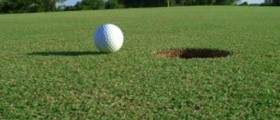
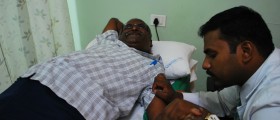


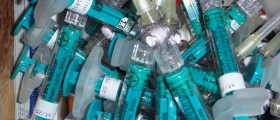
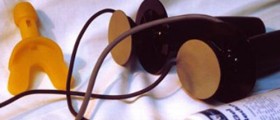

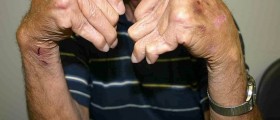

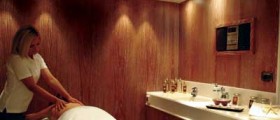
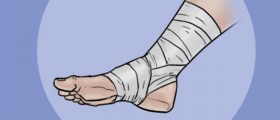
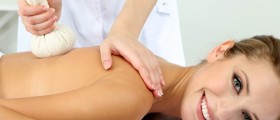

Your thoughts on this
Loading...